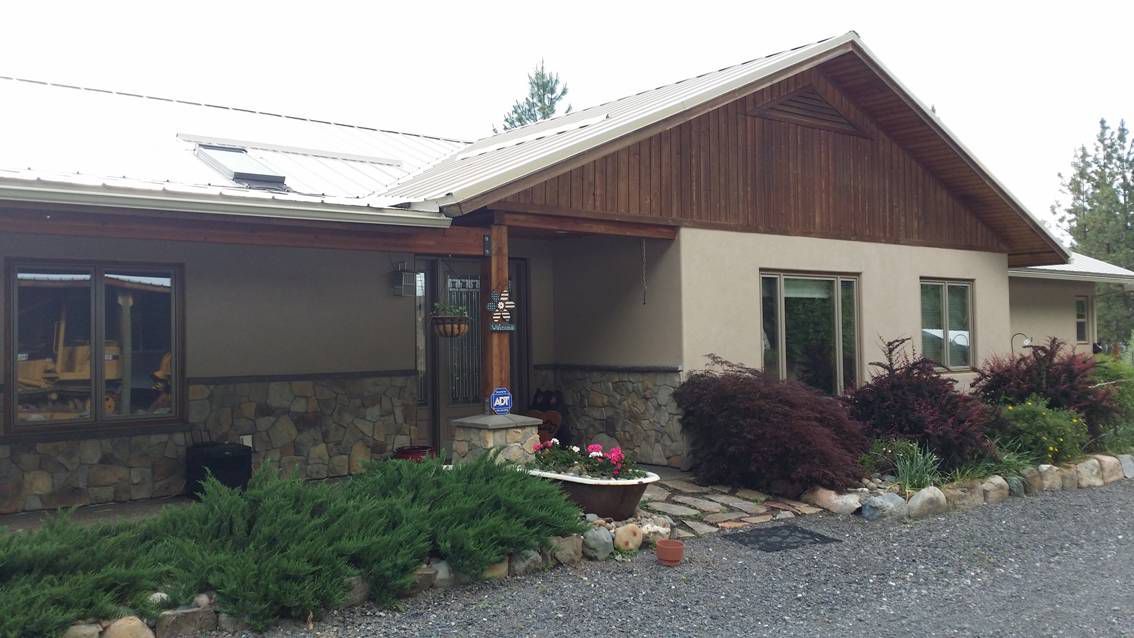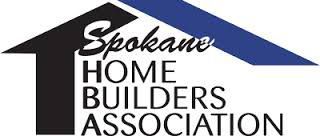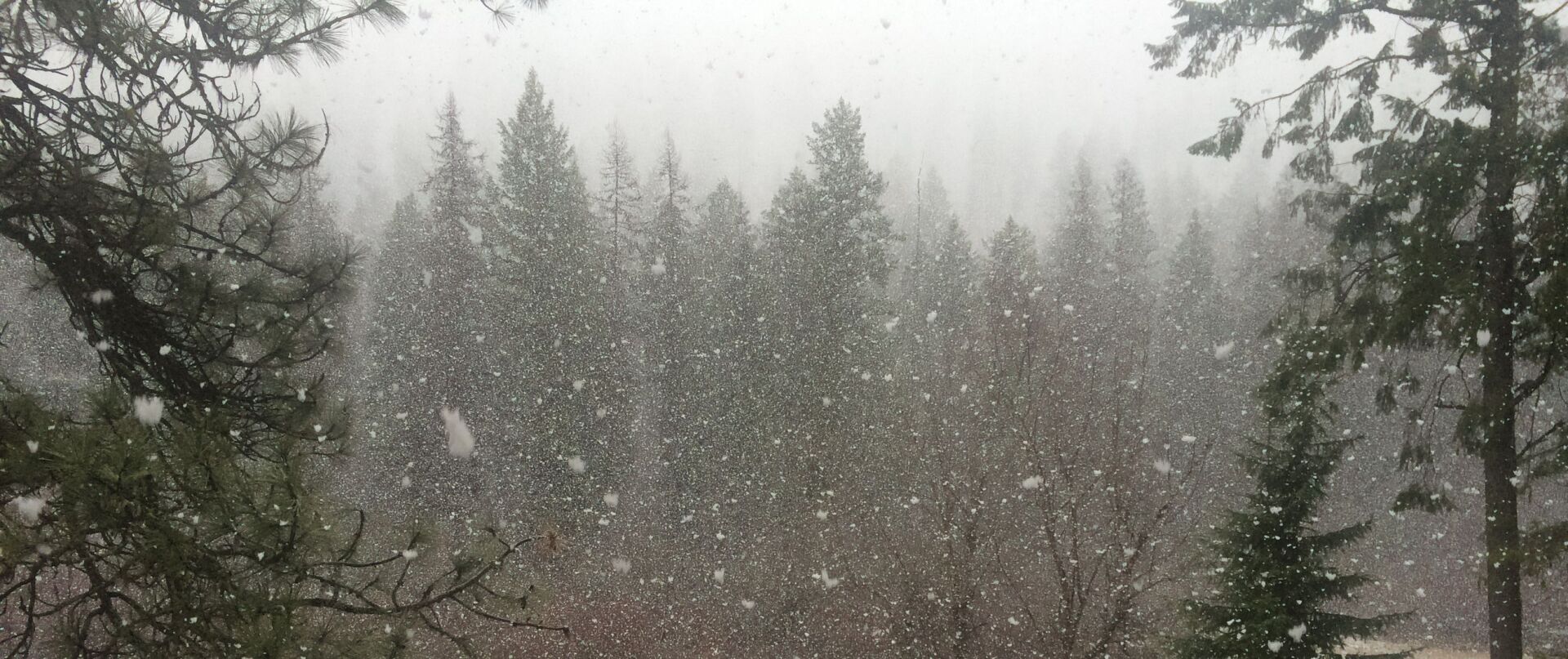After the 70’s, new homes left the blueprint designed to be tight. Homes were finally becoming thermally efficient. What some began to wonder, though, was whether they were habitable. It turns out that those heat-robbing drafts had a role in the ecosystem of the home: they provided fresh air to breathe.
Without realizing it, builders before the energy crisis had been installing an effective, albeit haphazard, ventilation systems. If you could afford the heating bills, it worked.
Ventilation is essential for a healthy home environment
Life inside today’s tight homes generates both moisture and pollutants. The moisture comes from cooking, washing, showers and breathing. At excessive levels, moisture condenses on windows and can cause structural deterioration. Areas of excessive moisture are also breeding grounds for mold, mildew, fungi, dust mites and bacteria. You know you have a problem if you find moisture collecting on your windows, or if you notice black spots on walls. Mold spores and dust can easily become airborne and circulate freely throughout the house, possibly causing a range of symptoms and allergic reactions.
In addition to disproportionate moisture, appliances that utilize combustion have the potential for allowing gases, including carbon monoxide, and other pollutants to escape into the air. Some common sources may include gas ranges and water heaters, unvented space heaters, leaky chimneys and wood-burning appliances. Even breathing can add to home air quality when carbon dioxide reaches excessive levels, creating stale air. And that's not all that gets into the air. If your home is new, the very products it's made of can emit off-gases… new carpets, stains, glues, paints, floor finishes, furniture, drapes all emit off-gases. A better whole-house solution is to create balanced ventilation. This way, one fan blows the stale, polluted air out of the house while another replaces it with fresh. Of course, if the fresh air is cold, you need to warm it up, and that costs money.
Heat-Recovery Ventilator (HRV)
A heat-recovery ventilator (HRV) is similar to a balanced ventilation system, except it uses the heat in the outgoing stale air to warm up the fresh air. Depending on the model, HRVs can recover up to 85 percent of the heat in the outgoing airstream, making these ventilators a lot easier on your budget than opening a few windows. And, an HRV contains filters that keep particulates such as pollen or dust from entering the house. An average HRV installation can run from $2500 to $3500, but costs will vary widely depending on the specific situation.
A typical unit features two fans – one to take out household air and the other to bring in fresh air. What makes an HRV unique is the heat-exchange core. The core transfers heat from the outgoing stream to the incoming stream in the same way that the radiator in your car transfers heat from the engine's coolant to the outside air. It's composed of a series of narrow alternating passages through which incoming and outgoing airstreams flow. As the streams move through, heat is transferred from the warm side of each passage to the cold, while the airstreams never mix.
Although an HRV can be effective in the summer months, taking heat from incoming fresh warm air and transfer it into any stale air-conditioned exhaust air, it's most popular in colder climates during the winter. A typical HRV for residential use might move as much as 200 cfm of air, but the fan speed can be set to suit the air quality in the home. For example, a slow to medium fan speed may be adequate for normal living, while a house full of guests might require the highest setting. Controls are available for intermittent and remote operation.
HRVs are ideal for tight, moisture-prone homes because they replace the humid air with dry, fresh air. In climates with excessive outdoor humidity, an energy-recovery ventilator is more suitable. This device is similar to an HRV, but dehumidifies the incoming fresh airstream.
If you are interested in an HRV system, there are a couple of HVAC companies in the Tri-County Home Builders Association: Norstar Heating & Cooling in Colville and Systech Mechanical in Chewelah.







